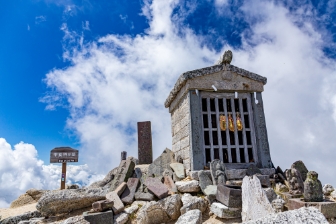
What do mountains and mountain climbing mean to Japanese people? Even if a Japanese person is not normally a very religious person, when they climb a mountain and find a small shrine at its summit, they are likely to put their hands together in prayer and give thanks for the safety of their climb. If we really think about it, the majority of mountains have shrines at the summit, and we are reminded that in Japan, it is completely naturally to think there are gods in the mountains.
For ancient Japanese people, “shinko,” or religious faith, was based on the worship of nature and the eight million gods therein. Considering Japan is surrounded by the sea and 70% of its land is covered in mountains, we can see the inevitability of mountain worship developing here.
Since the time that agriculture took hold as part of people’s lifestyles, mountains were revered and worshipped as beings beyond human comprehension. Mountains were the source of water (“Mikumari,” the god of water distribution) for the fields, they provided the trees for the lumber people required in daily life, and at times they brought disaster from volcanoes. It might be said that mountain worship was a major factor in shaping the universal values and culture of Japanese people.
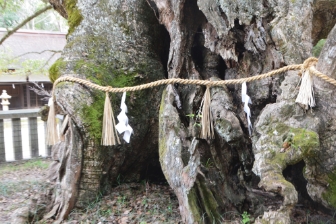
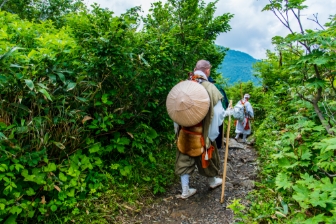
One such type of worship was Shugendo, in which mountains were sublimated through a new form of Buddhism and became objects of worship in a religion that combined both Shintoism and Buddhism. Mountain worship developed as the representation of religious values unique to the Japanese people who revered both Shinto gods and Buddha, and in the Edo Period, “tohai,” which means “faith climbing” and involves paying homage directly to one’s object of worship, became a popular practice.
Since the middle of the Edo Period, along with Ise-mairi pilgrimage groups, there were groups, similar to neighborhood associations, called Fuji-ko and Ontake-ko, that made annual pilgrimages to perform “tohai” on Mt. Fuji and Mt. Ontake respectively. Among these groups, the practice of faith climbing the three mountains of Mt. Hakusan, Mt. Tateyama, and Mt. Fuji, was called “Sanzenjo” and gained a reputation akin to climbing all of Japan’s 100 famous mountains today. When the new Meiji government took over and instilled religious policies, these faith climbs declined drastically nationwide. Despite that, faith climbing associations still exist today for mountains such as the Dewa Sanzan mountains, the Ontake mountains, and Mount Ishizuchi, with more than just a few faith climbers taking part in the practice, and Shugendo is still actively practiced in places like Mount Omine.
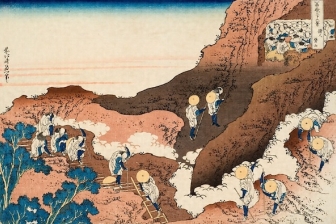
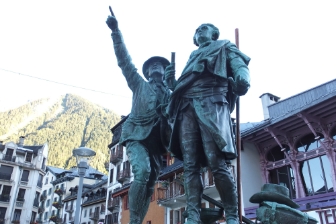
Unlike the European Alps, where mountaineering didn’t start until the end of the 18th century, mountains were an extremely familiar part of life for Japanese people from early times, which may be one of the factors that also sent Japanese people into the mountains earlier, but it may also be that in Japan, when you go into the mountains there is a certain something that makes you think of the divine. Perhaps it was that certain something that called the practitioners of Shugendo, or the common people of Edo (what we call Tokyo today), into the mountains.
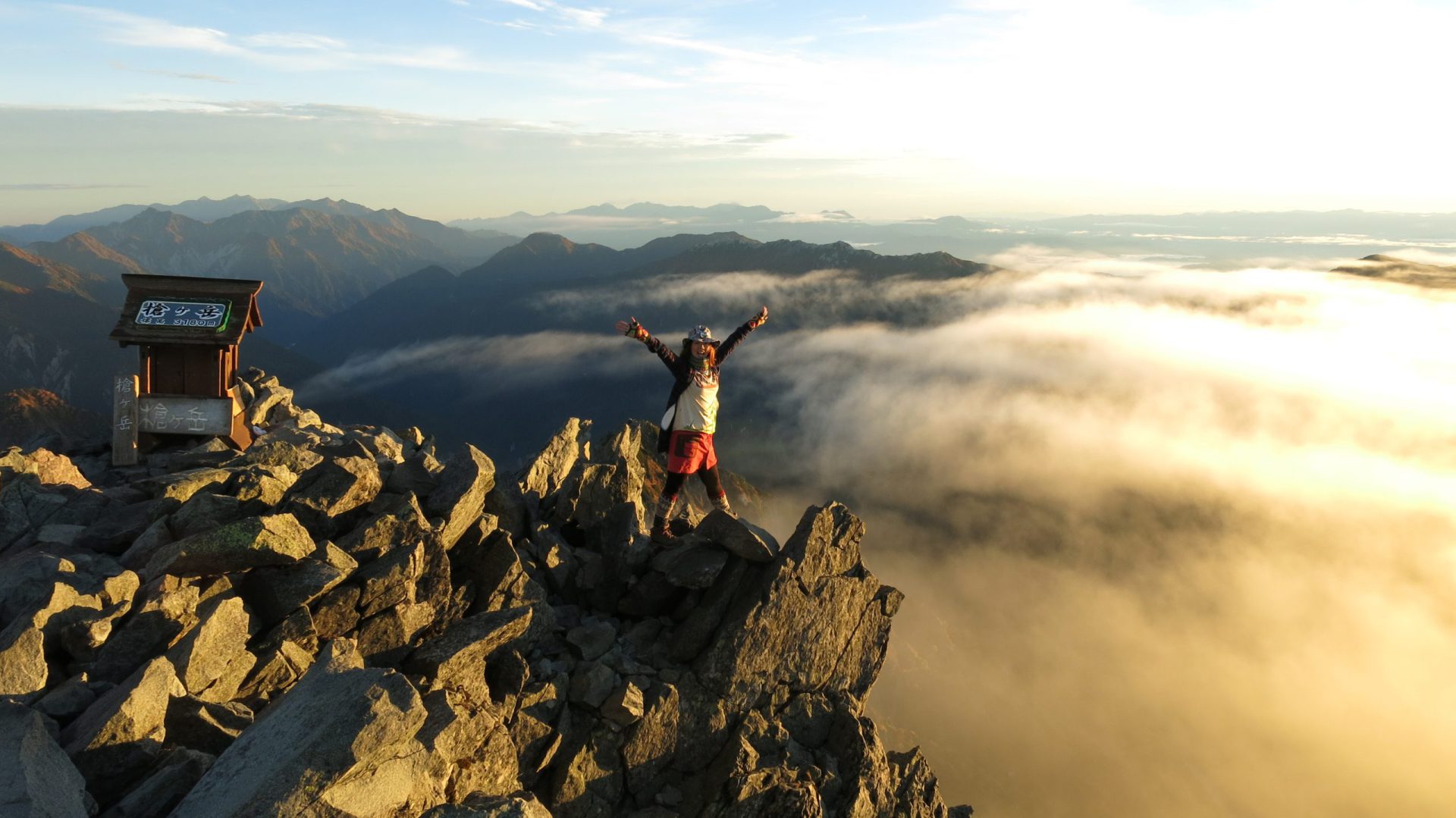
There are many natural phenomena that we experience on a normal hike or mountain climb that we can’t find in our daily lives, and the refreshing feeling we get when we climb a mountain (forgetting the unpleasant and the sense of hope that emerges) is like the Buddhist feeling of rebirth through hardship experienced by those in the Edo period who reached the summit of Mt. Ontake or Mt. Tateyama at the end of a faith climb that was invariably far more difficult than climbing any of these mountains today.
From this perspective, we might say that the act of climbing a mountain is a journey to encounter god (a higher being) in a completely natural manner, an opportunity to be humbled with feelings of gratitude for that blessing, and a primordial act that brings value beyond religion regardless of where you are in the world.